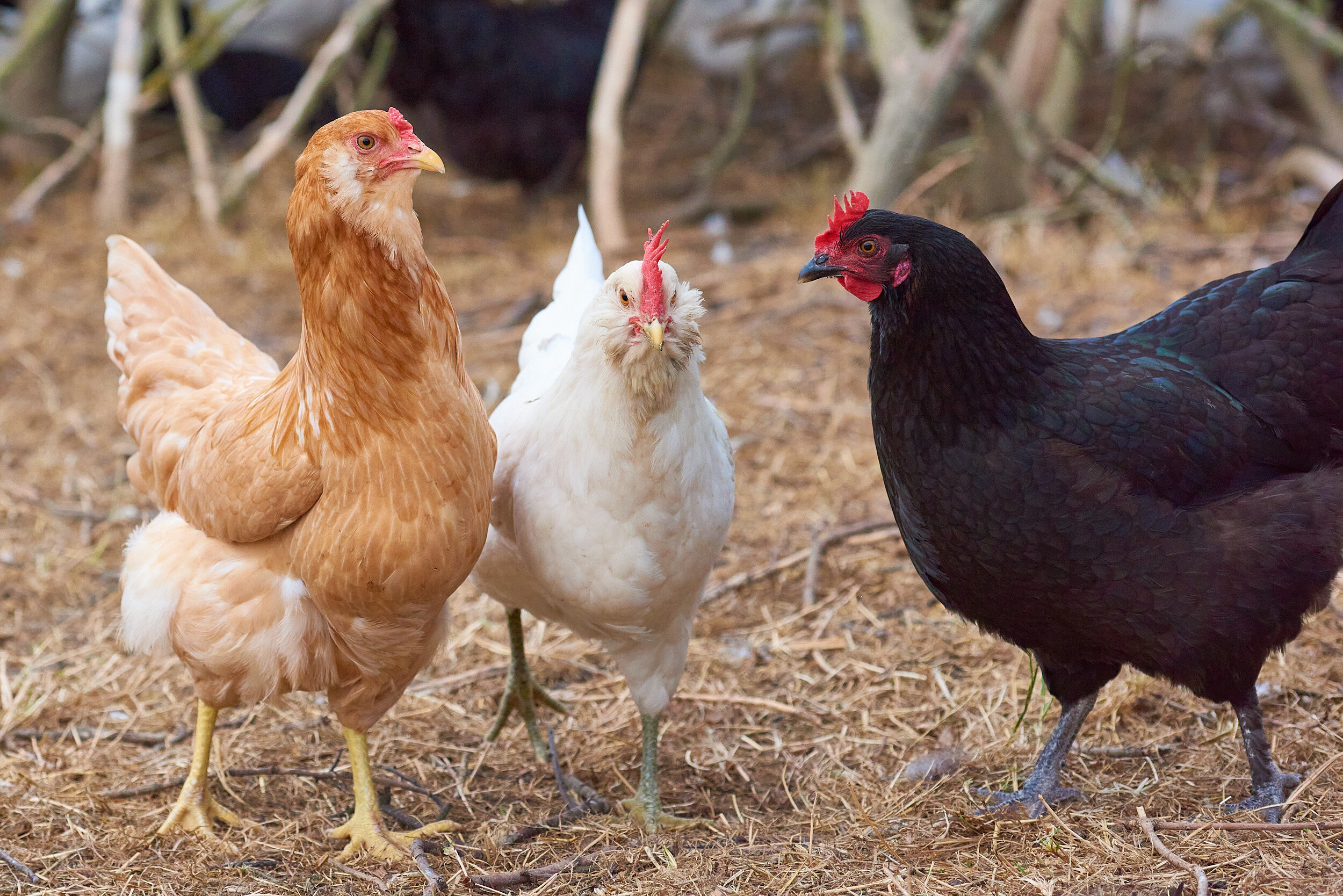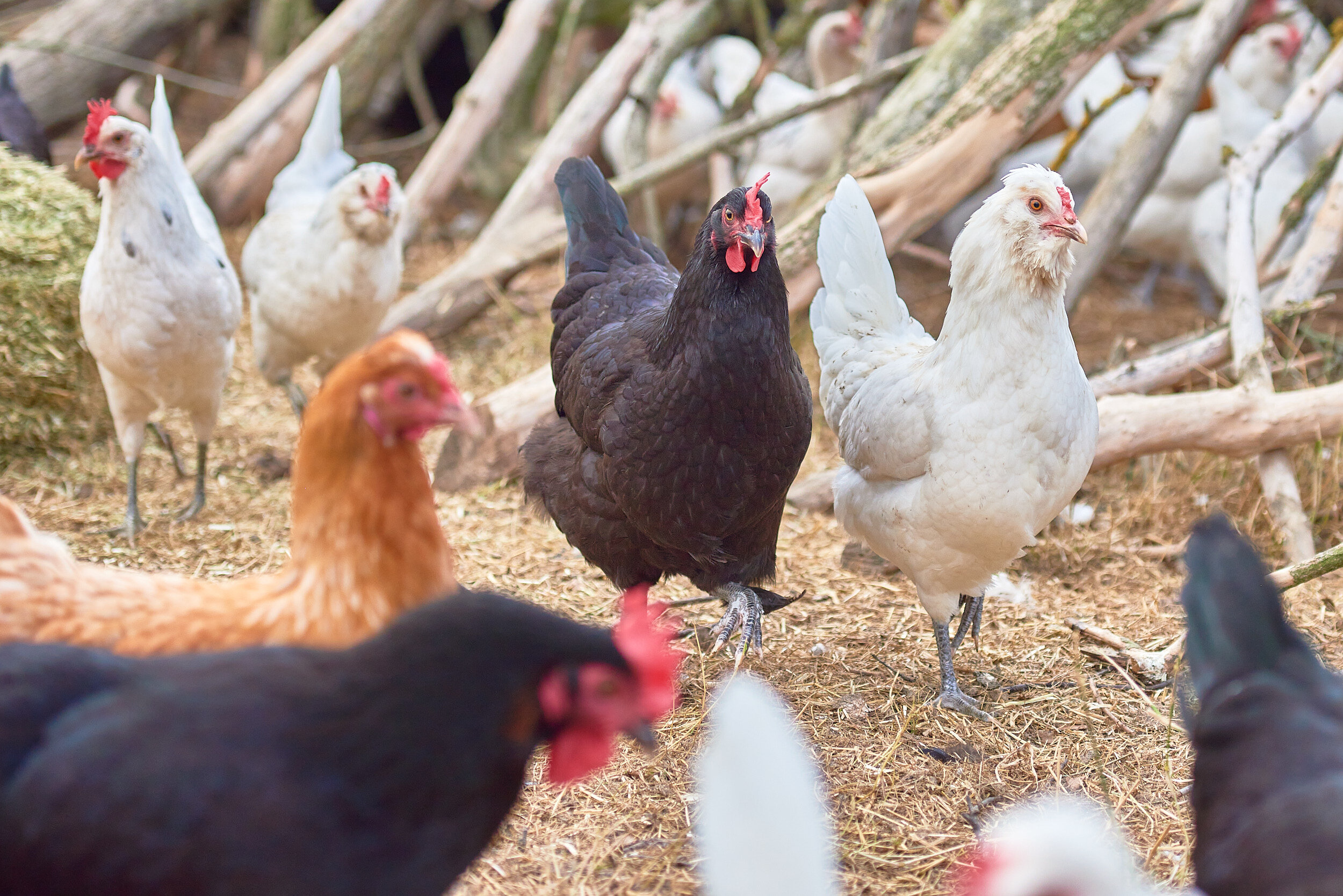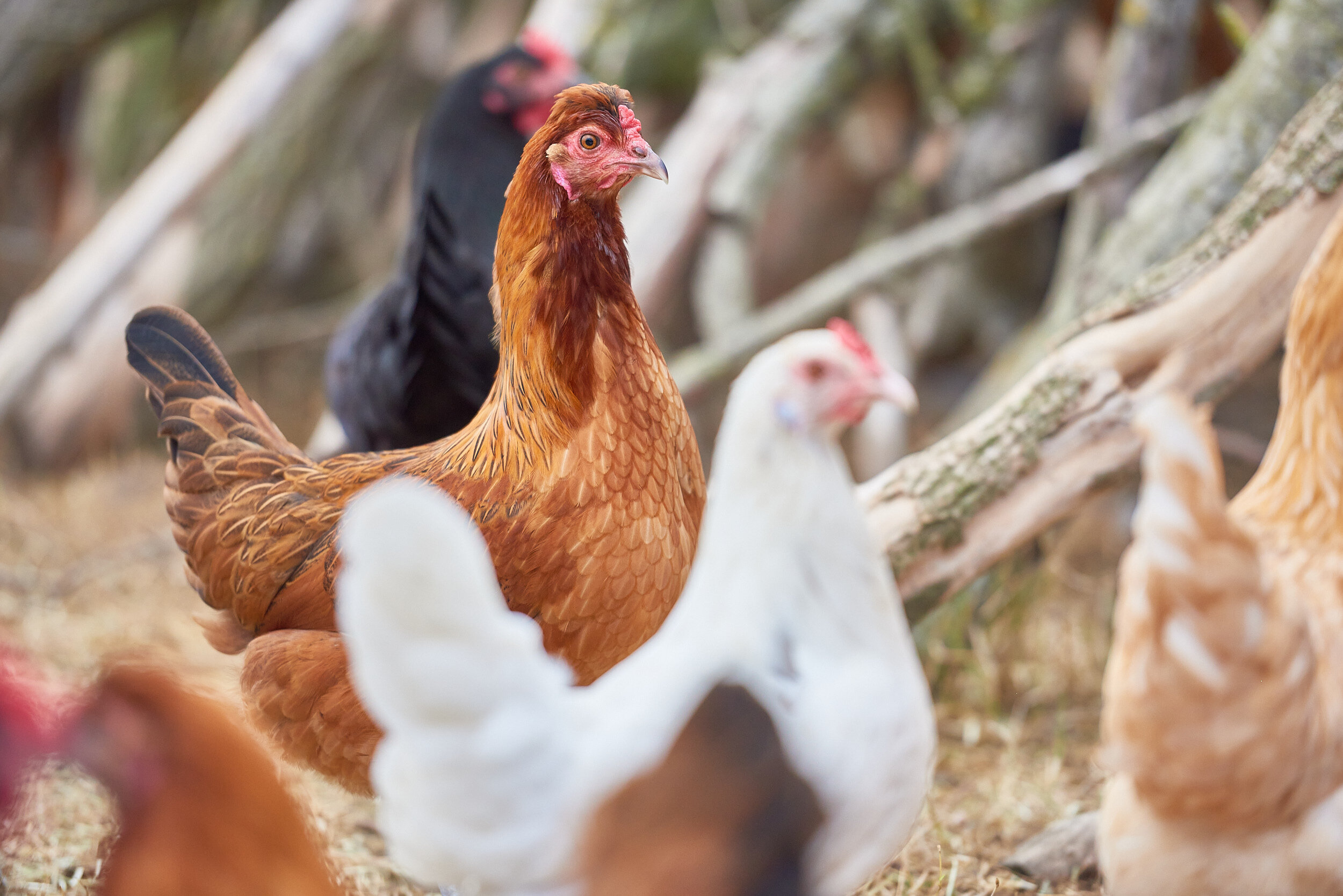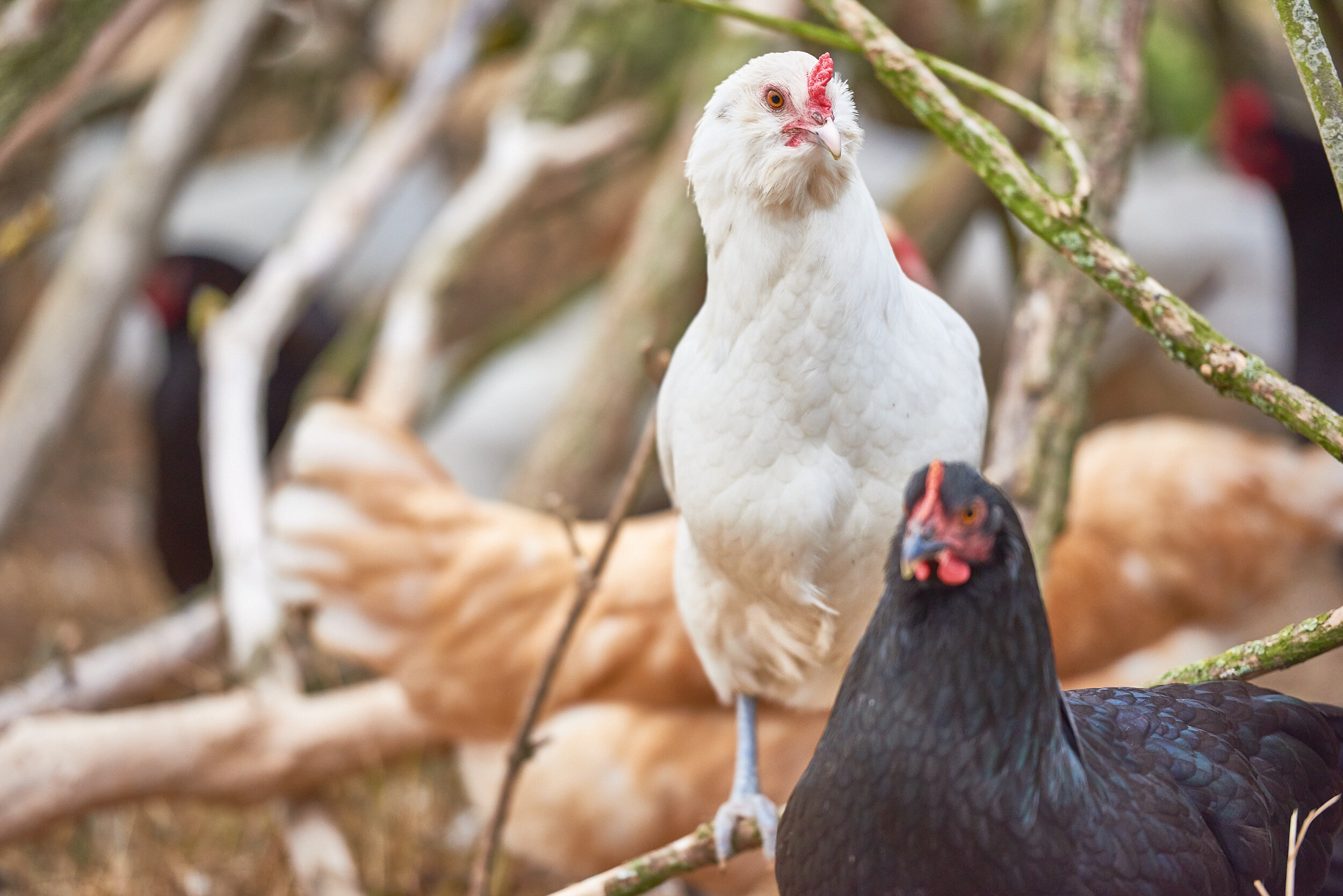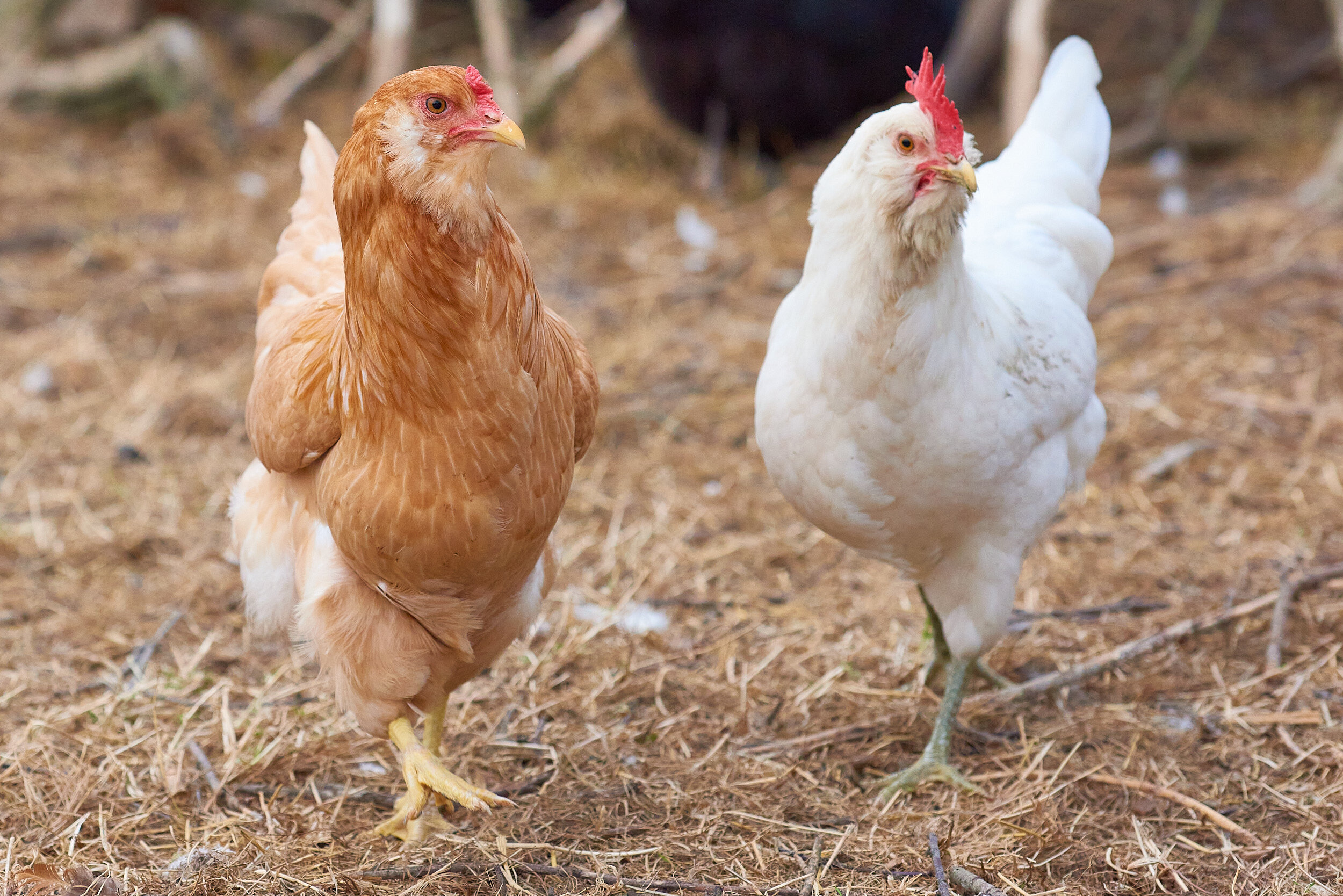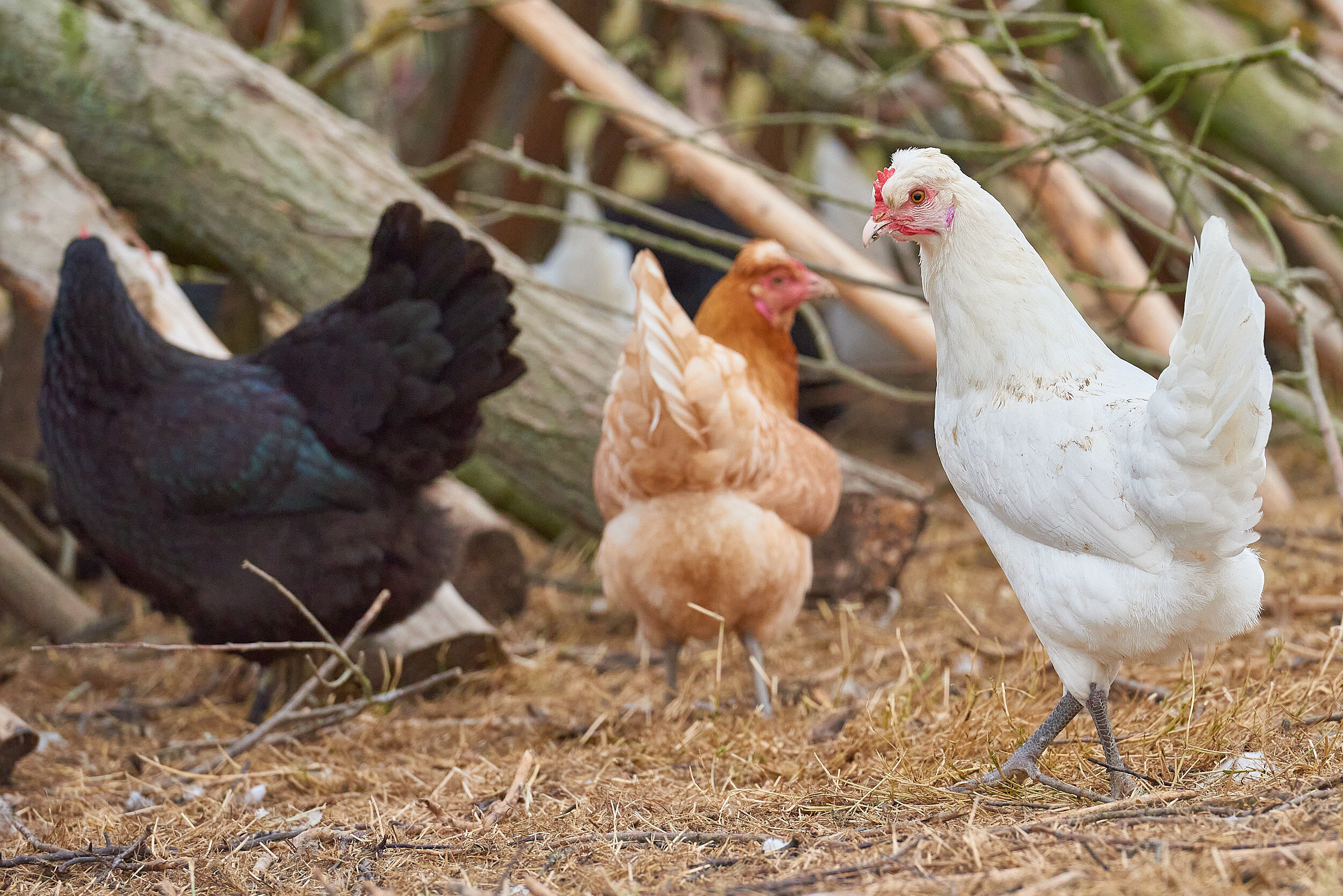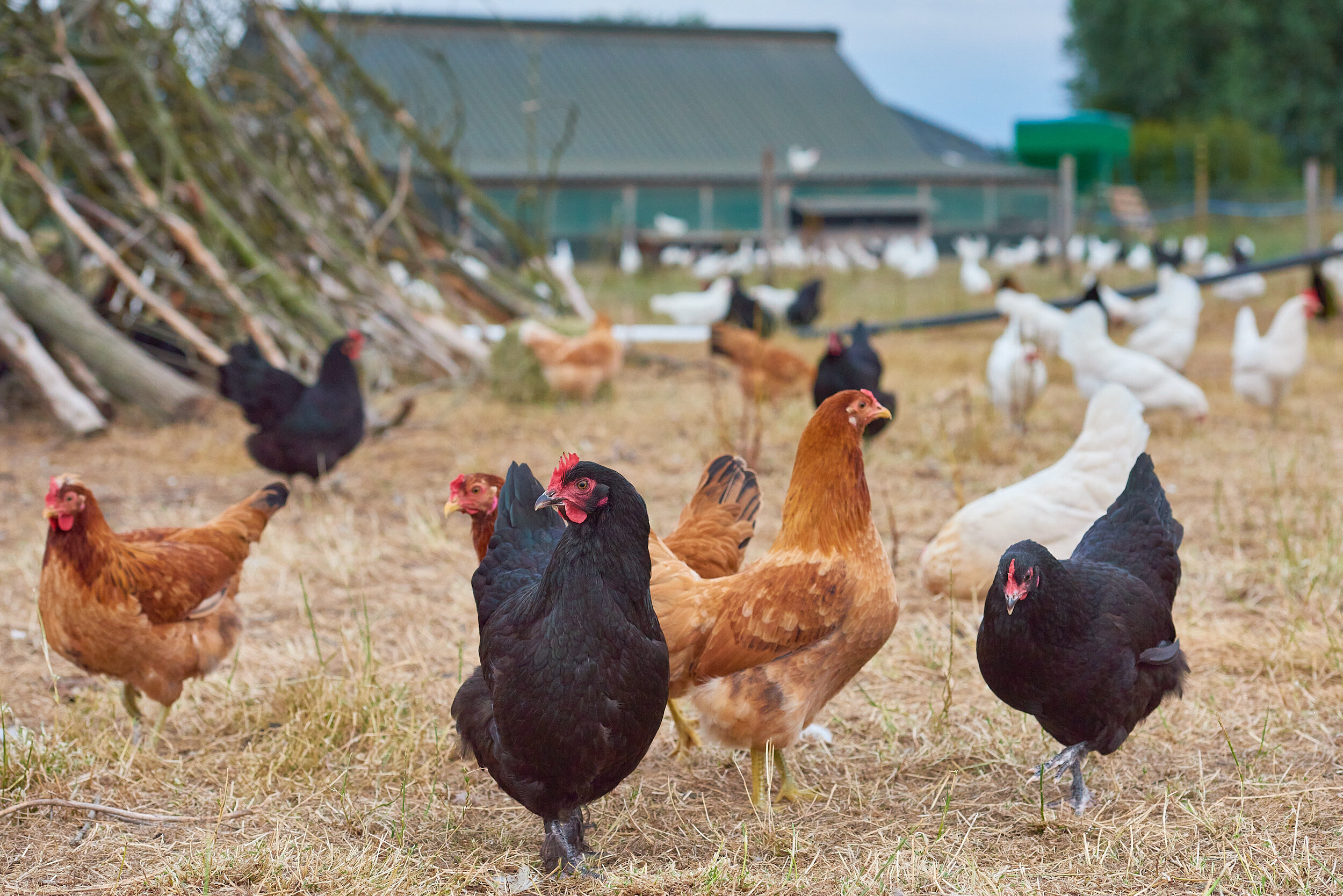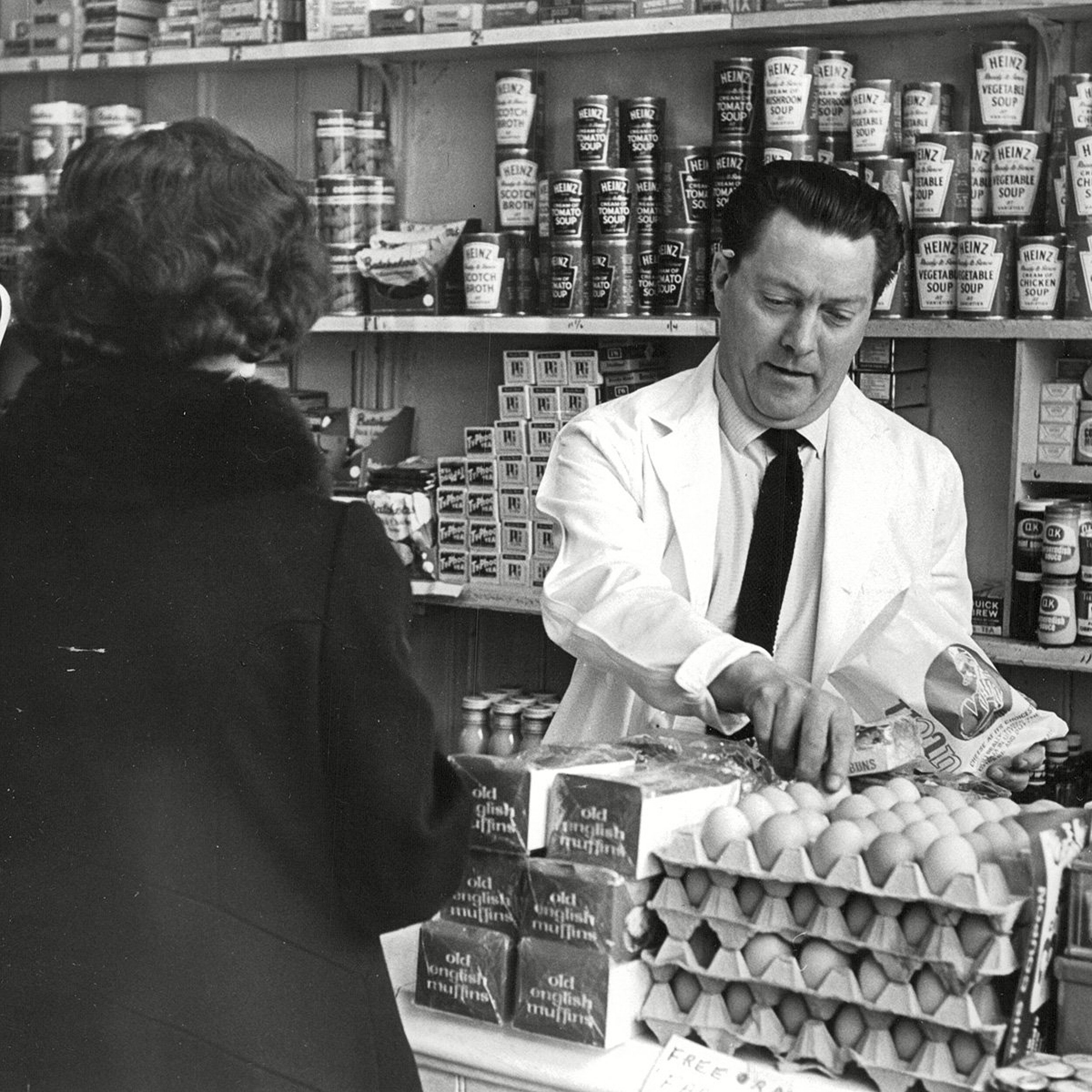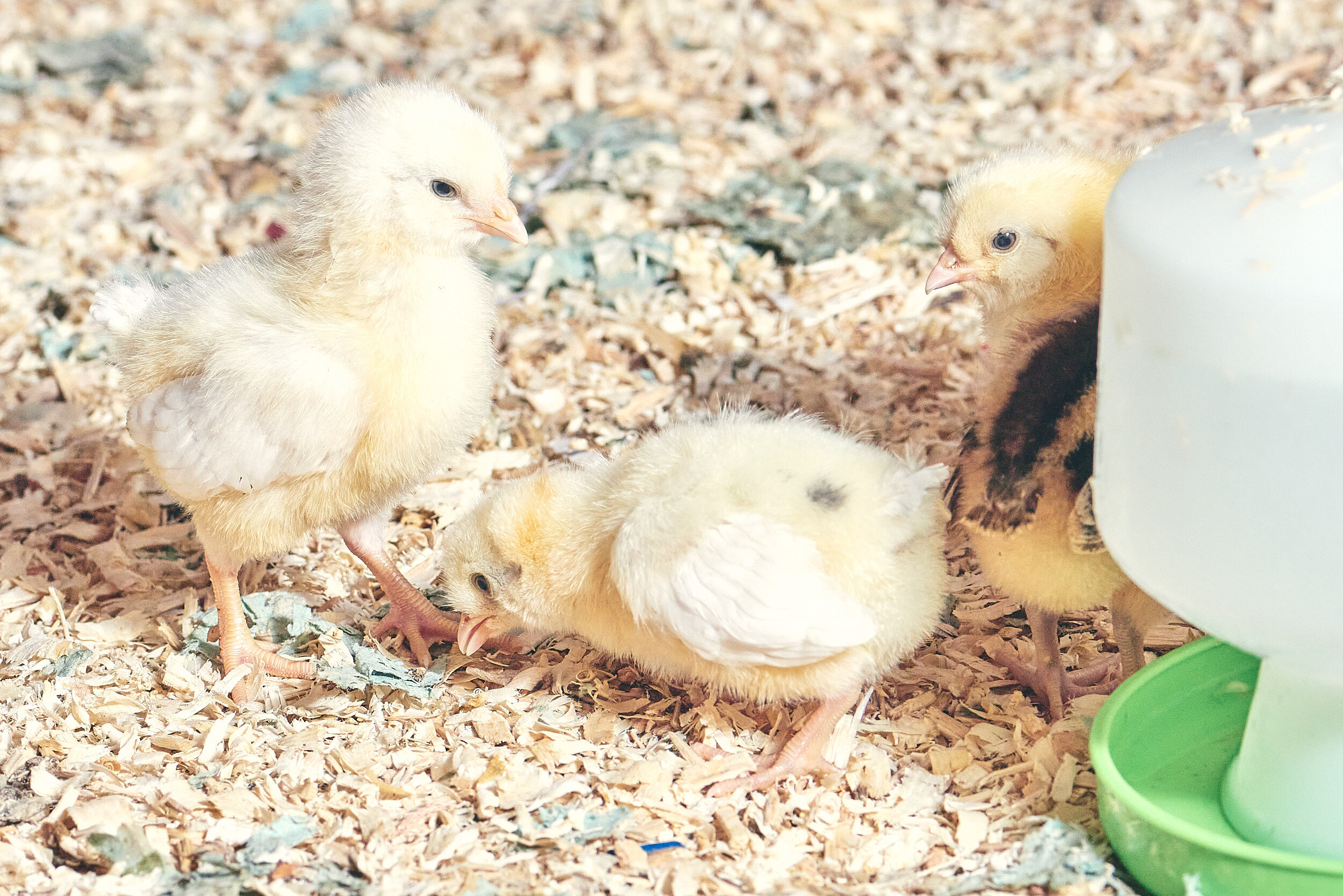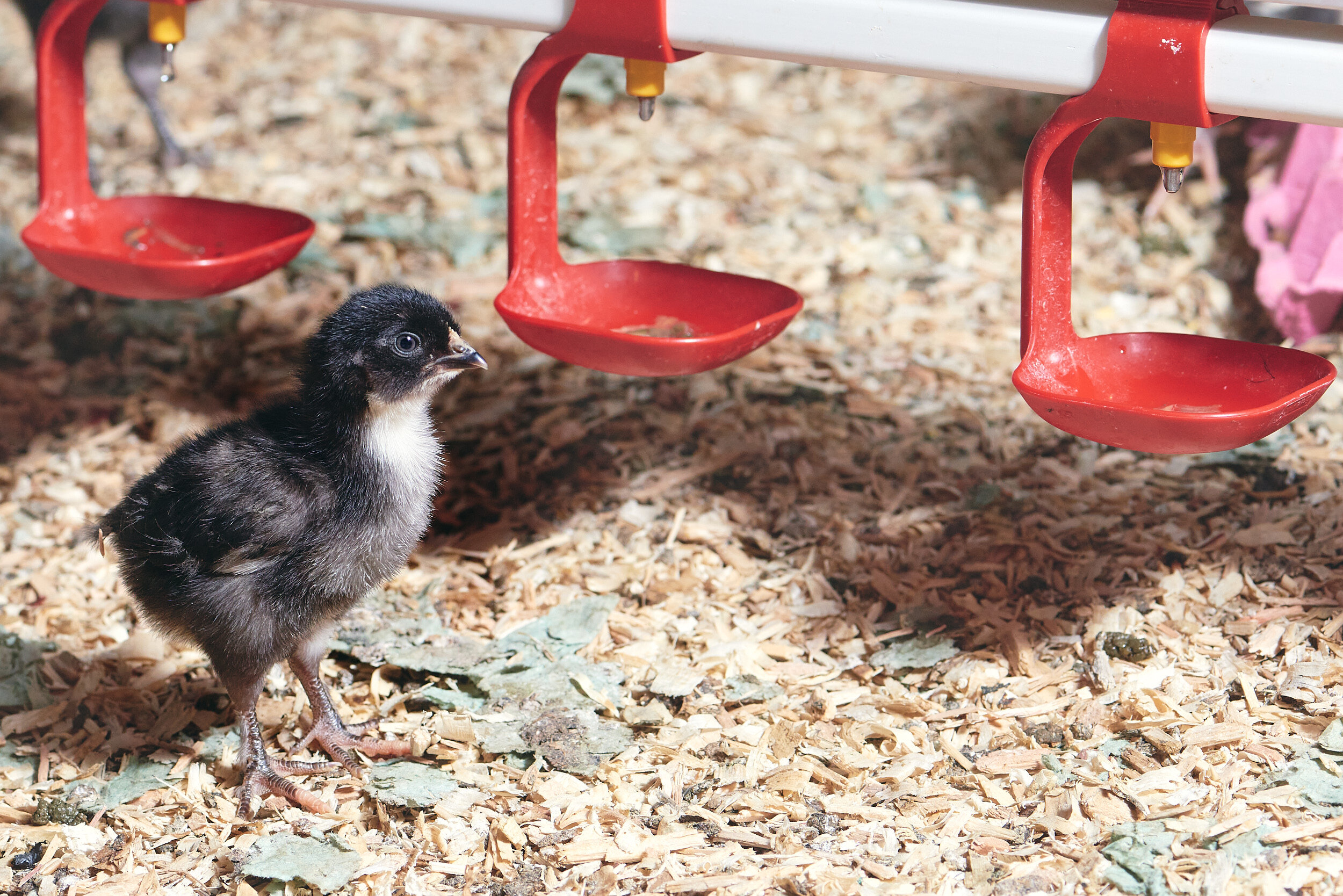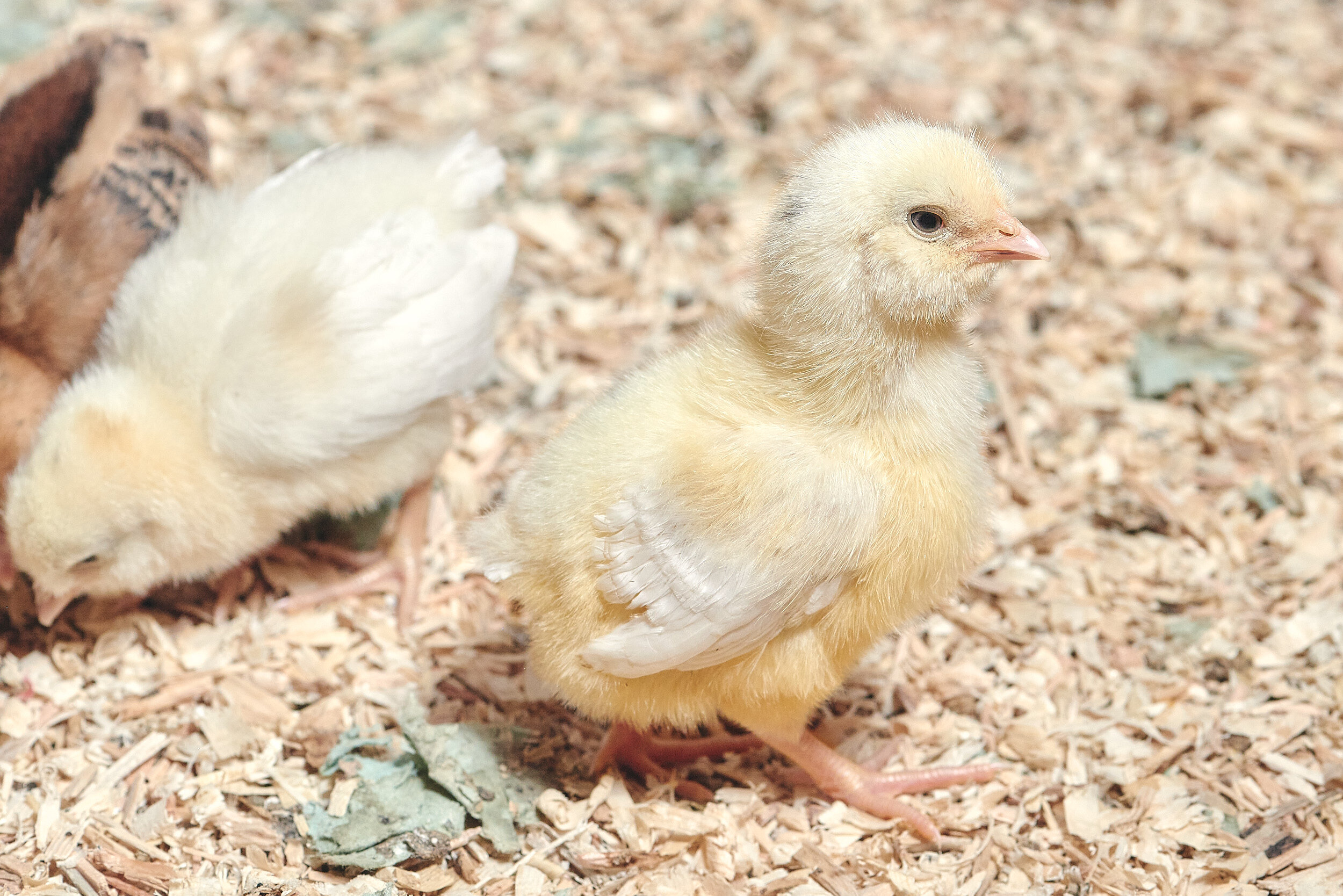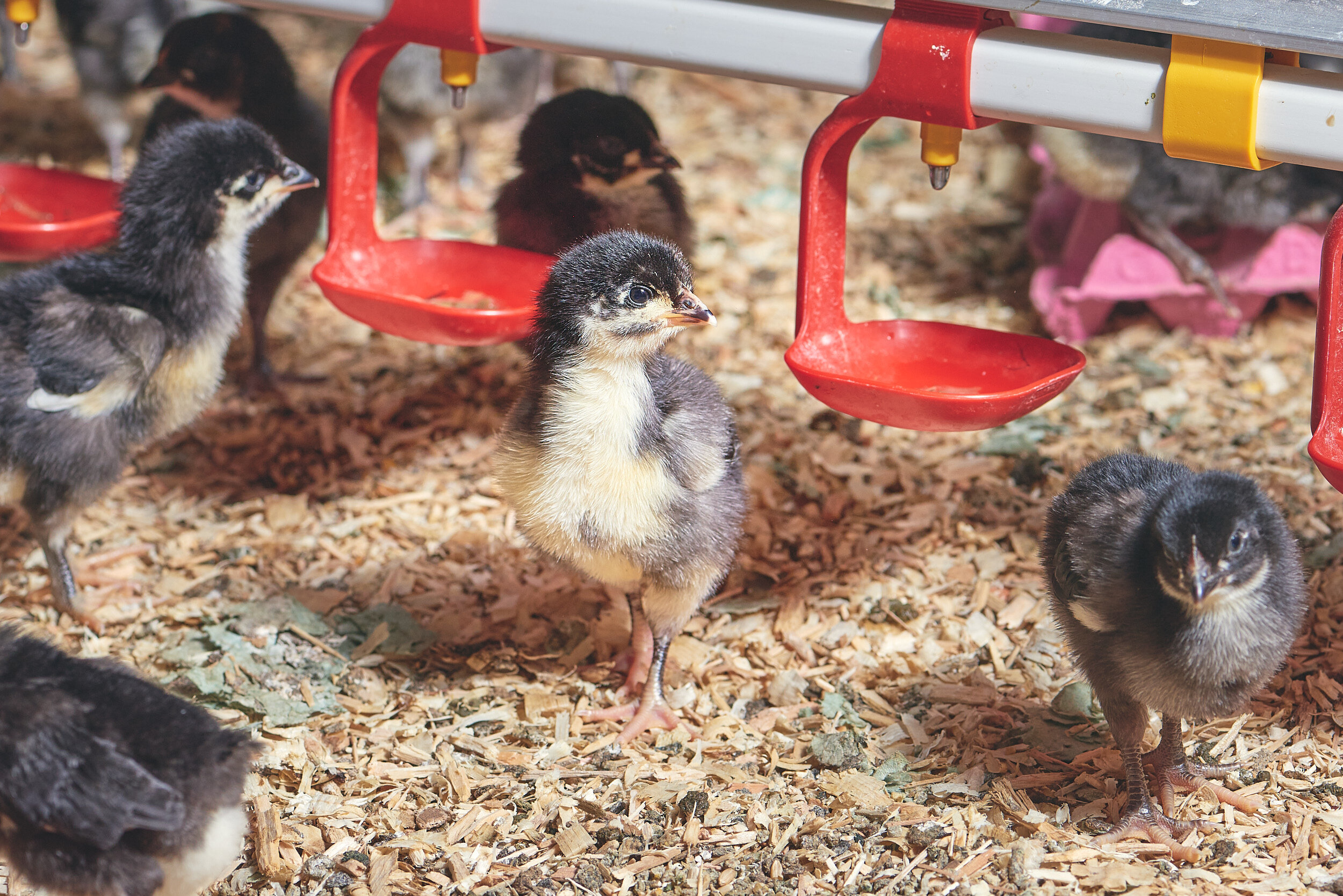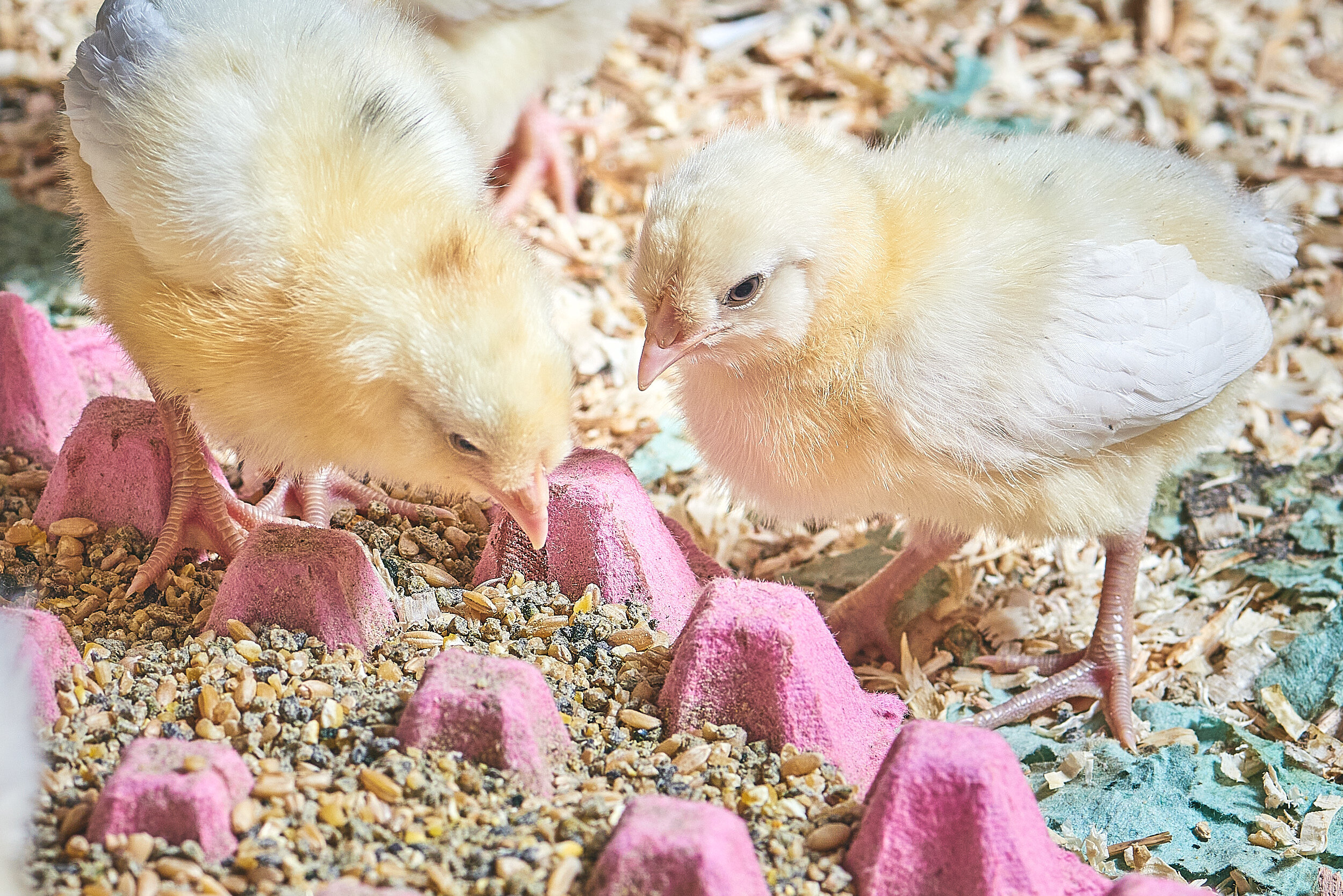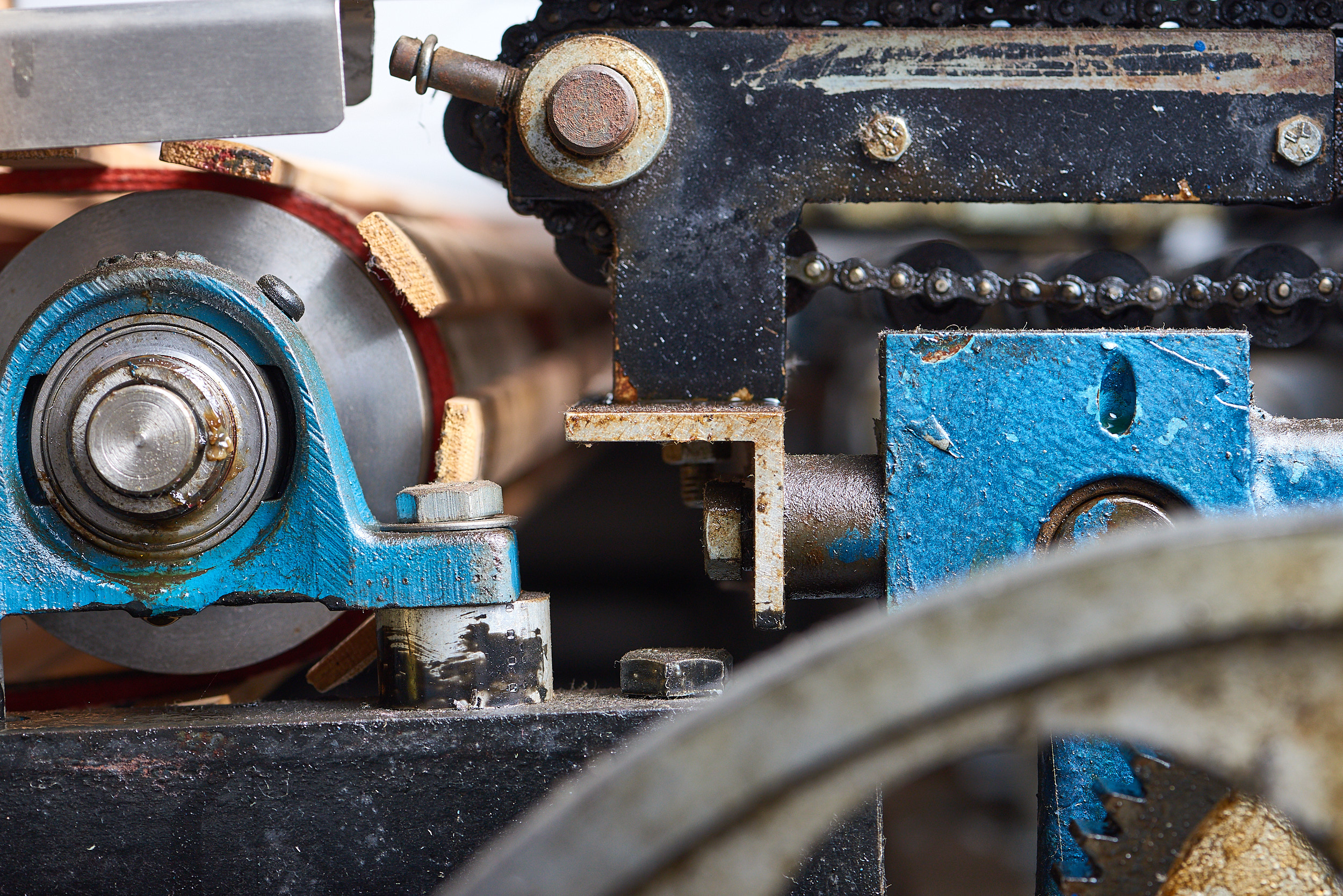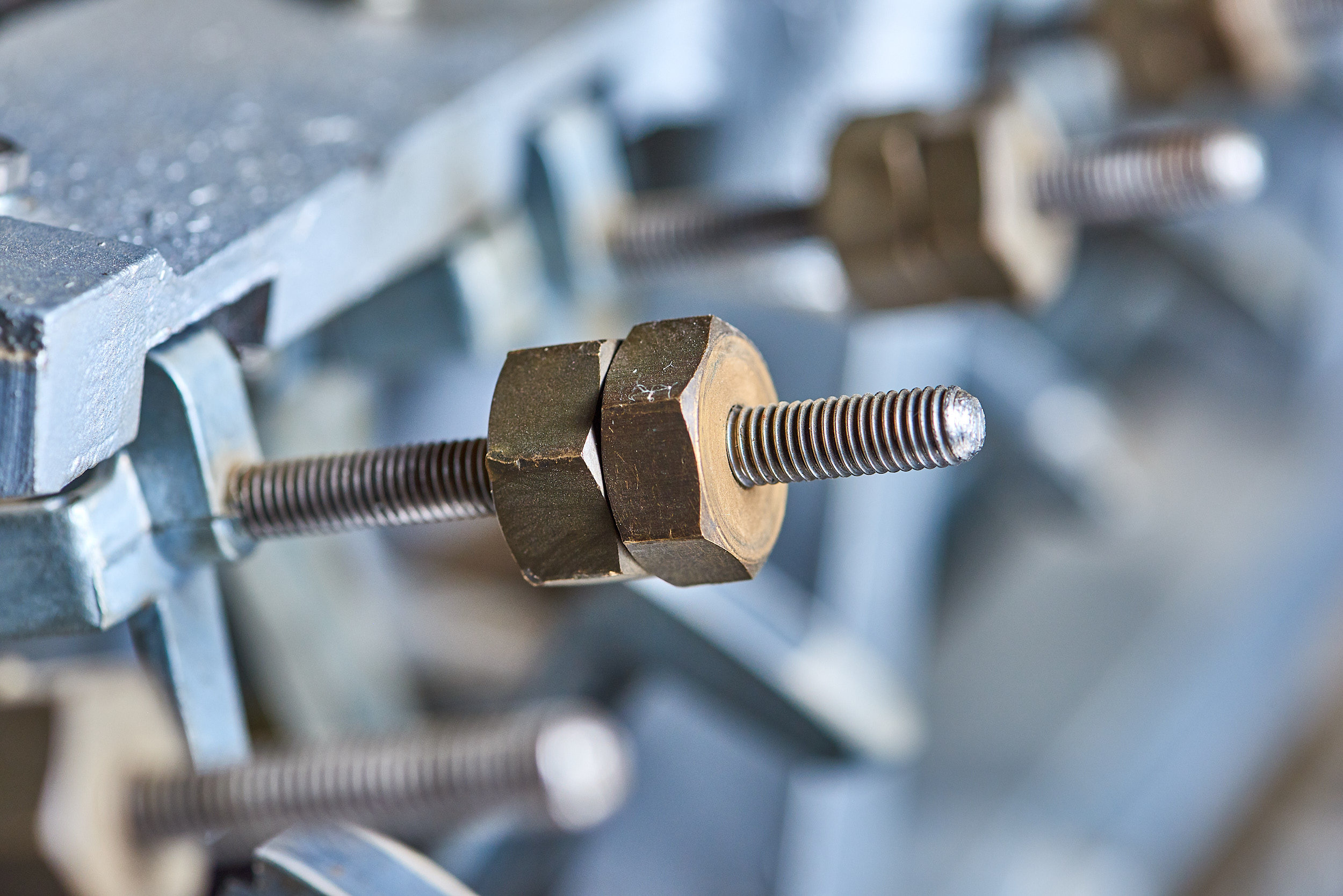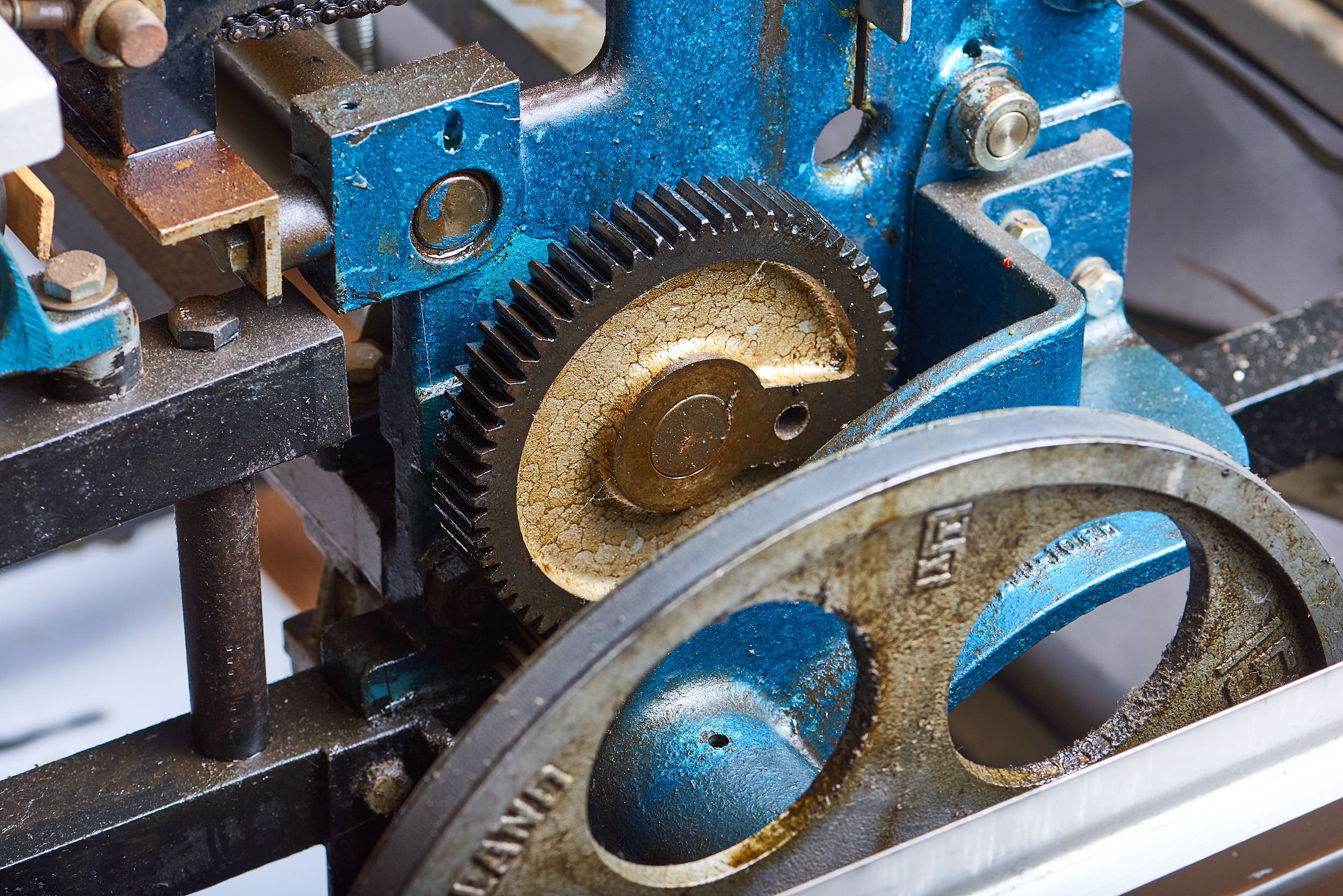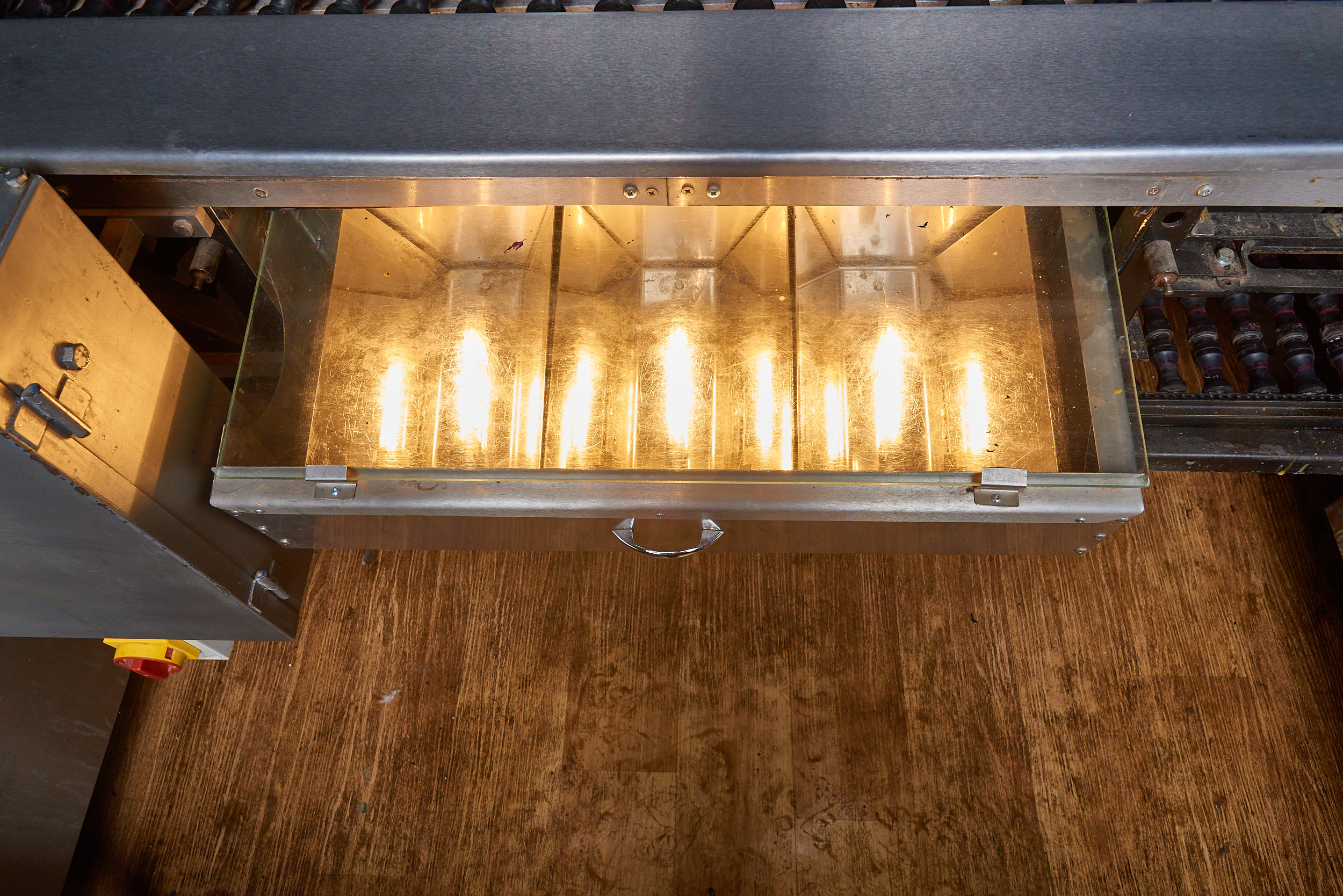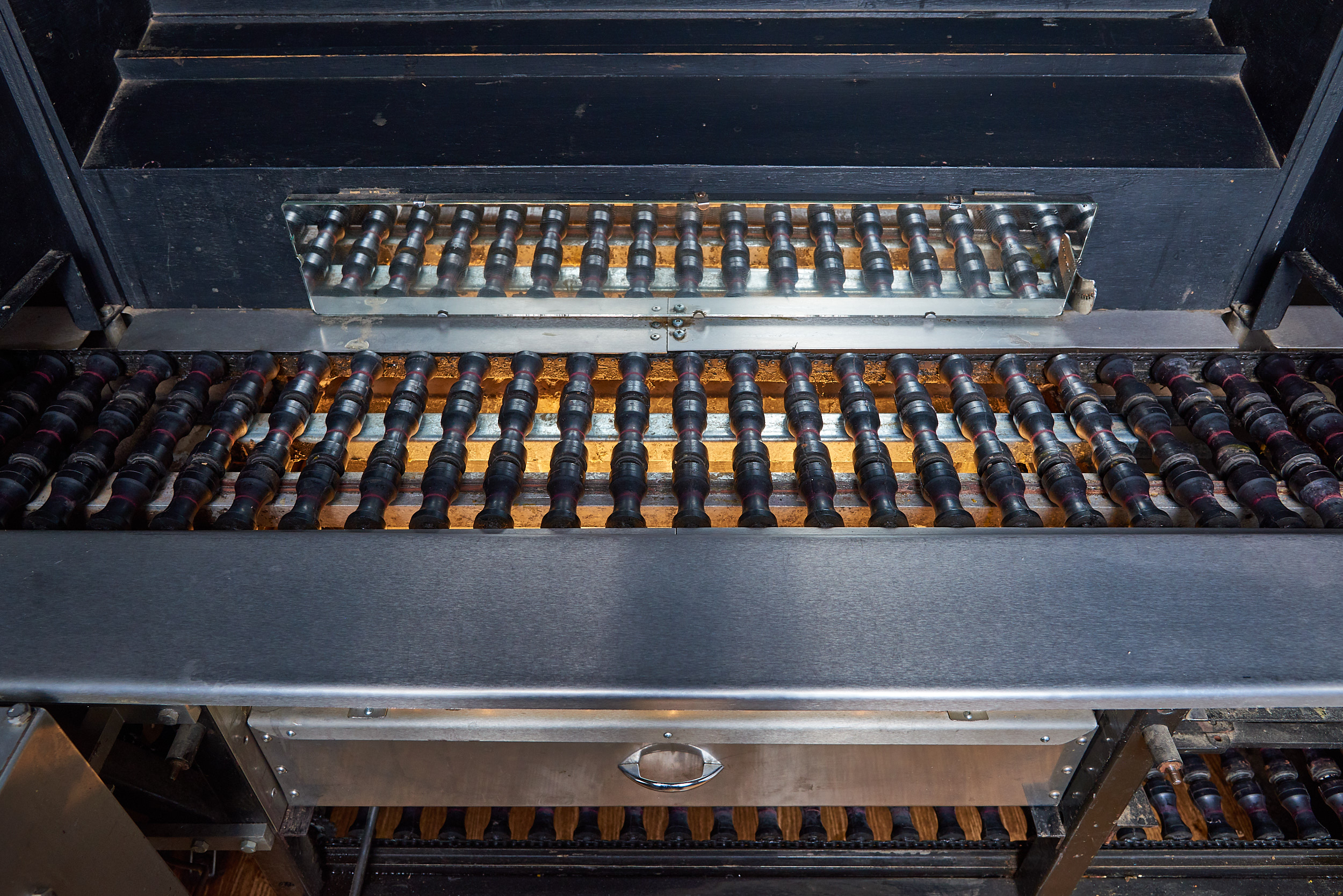Maran Chickens
If you keep an eye on ‘What’s Going On’ here at Rookery Farm, you’ll already know that about 6 months ago we started rearing several different traditional breeds of hens here at the farm. Well, now they’re fully grown and have started to lay their wonderfully coloured eggs, which are now available as our new Rookery Organic Specials.
Our traditional breed flock is made up of Marans - the larger black birds, which lay the deep chocolate brown eggs; Emeralds - which lay the baby blue eggs; Russets, which lay the green eggs and Dekalb Whites - which produce eggs with a pure white shell
Emerald Chicken
Because the different breeds produce eggs that vary in both size and colour, each ‘Organic Specials’ pack will contain four mixed-weight eggs in a range of colours.
Now, once they’re sitting on your plate alongside your cooked breakfast - or however you choose to eat your eggs - it’s unlikely that you’ll notice a significant difference in either taste or appearance, so we’re not going to make any grand claims on that front.
Emerald Chicken
Anecdotally though, we’ve had some customers that do believe they can taste a slight difference and we’ve noticed that some of the yolks appear to be an even richer yellow than our usual organic eggs. It’s early days though, and we’re still learning about these breeds and their eggs. They get exactly the same food and attention as our other birds and forage the same land, but they are different breeds so there may well be some differences.
Russet Chicken
The main thing for us though, is that we believe it’s important that these traditional breeds of birds aren’t allowed to disappear, from both a sustainability and genetic diversity point of view. If, like us, you think that’s important or maybe you just think they’ll look good in your kitchen, we hope you’ll give them a try.
You’ll be able to pick them up either directly from our Farm Shop, if you see us at one of the Markets or ask your local supplier to have a word with us -
